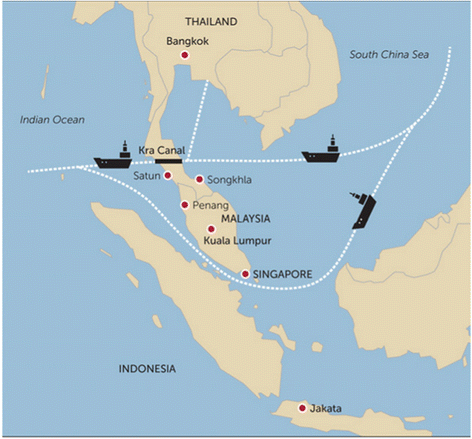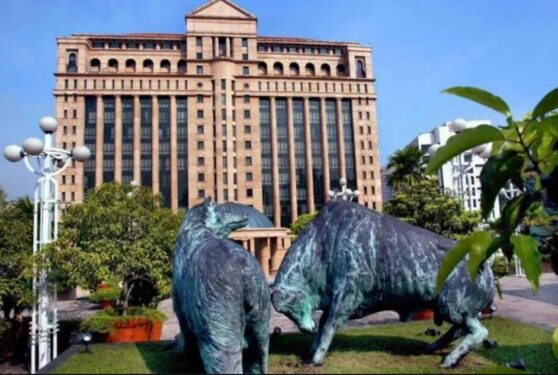MIDF Research said banks ended 2019 on a solid footing with Return On Equity (ROE) at 13.0%, above the estimated average cost of capital of 9%. This was despite weakness in net interest income as loans growth was tepid and Net Interest Margin (NIM) contraction seen.
Pre-tax profits of the banking system recorded a growth of 15.4% yoy, supported by strong growth in non-interest income as banks took advantage of falling yields in government bonds and sukuk.
“Total capital ratio in the banking system improved further to 18.3%. Its Common Equity Tier (CET1) and Tier 1 capital ratios were 14.3% and 14.8% respectively at end-CY19,” said MIDF, adding that previously this accumulation of capital had led to lower ROEs.
Without any doubt that banks will be impacted by the twin headwinds of low oil prices and the Covid-19 pandemic. MIDF expects asset quality and credit cost to be impacted by a rise in delinquencies as economic activities slow, especially during the Movement Control Order (MCO). However, it believes the banks are facing these headwinds in a position of strength.
Excess capital buffer, which is capital above the regulatory requirements, stood at RM119 bil as at end CY19. Furthermore, the continued profitability has further strengthened the banks’ solvency positions.
MIDF added that for 2HCY19, household debt expansion was primarily driven by loans for the purchase of homes. The Home Ownership Campaign launched by the government had bolstered demand for residential property loans. It also said that personal financing and credit card loans also recorded higher growth, largely attributed to lending by development financial institutions to civil servants.
As a result, the ratio of overall household debt-to-GDP edged higher to 82.7% as at end-CY19 from 82.2% as at end 1HCY19. Household debt has sufficient coverage for now. While the debt remains elevated, overall debt servicing capacity of households continues to be supported by income growth and adequate financial buffers. Both outstanding household financial assets and liquid financial assets remained broadly stable at 2.2 times and 1.4 times of debt respectively.
Household asset quality was further supported by the lower average loan-to-value ratio (LTV) of outstanding housing loans from the banking system, which declined to 57% in 2019 (59% in 2018). Stress tests show that banks are still resilient. A potential impact of the Covid-19 pandemic could be a drop in household income and potential shock in the housing market.
A steep house price decline can potentially weaken household resilience, in turn leading to stress in the banking system. BNM had run simulations to test the resilience of households and banks in the face of a hypothetical housing market correction.
The simulations show that banks will be able to withstand an impending stress to the system. In the event of house prices declining by 50%, the potential losses to the banking system is RM58 bil, which is above the excess capital buffers. Another simulation is where house prices decline 20% and household income falls 10%. In this scenario, potential losses to the banking system is RM38.6 bil.
Meanwhile, AmInvest Research said house prices grew modestly in 3Q19 on the back of steady demand for affordable high-rise properties based on Bank Negara Malaysia’s (BNM) Financial Stability Report that was released on Friday. Market transactions in terms of volume picked up in 3Q19, clearing some of the unsold properties in developers’ inventory.
BNM conducted a sensitivity analysis on housing loan borrowers. It was found that with banks’ excess capital buffers, they were still able to absorb shocks to home prices and income of mortgage borrowers.
The research firm said with challenging business conditions, growth in non-financial corporate (NFC) debts was flat at +0.8% in 2H19 vs +3.6% in 1H19. This was due to the cautious sentiment that came from uncertainties in the business outlook with loan repayments exceeding disbursements. Meanwhile, external debts of NFCs fell by 4.4% in 2H19 (1H19: +2.9%) due to redemptions of matured bonds, and settlements of intercompany loans by oil and gas companies.
AmInvest Research said the risk of banks’ exposure to large borrowers will be mitigated by repayment contracts secured against long-term contracts, collaterals, government guarantees and measures by borrowers to conserve cash flows.
Banks’ exposure to large borrowers in the vulnerable sectors reeling from the effects of the Covid-19 pandemic classified under stage 2 and 3 was less than 4% of the total loans in the banking system. A sensitivity analysis was also done by the central bank on large borrowers. These borrowers still had interest coverage ratios of above 1x after applying shocks with a 15% depreciation to our domestic currency, 100bps increase in the borrowing cost, and 50% decline in their operating profits.
The research firm has maintained its neutral recommendation on the banking sector with headwinds to interest margins from further rate cuts and potentially higher provisions over the short term. The Covid-19 pandemic has caused supply chain disruptions as well as impacted consumption expenditures.
However, the research firm sees a pent-up demand after the pandemic subsides with a gradual recovery in banks’ interest margins from the OPR cuts. Its top picks are Maybank fair value: RM8.60) and RHB Bank (FV: RM5.80). It also likes Hong Leong Bank, which has an FV of RM15.90. — April 6, 2020









